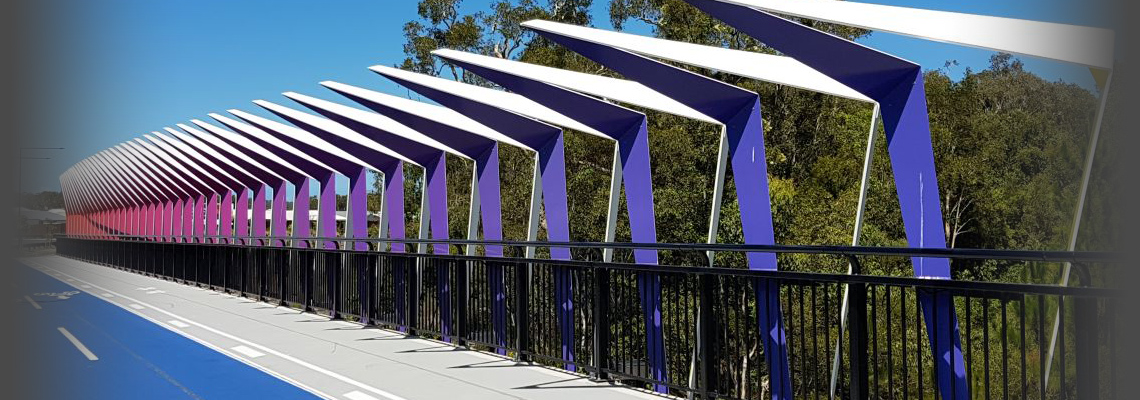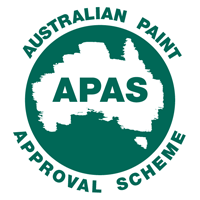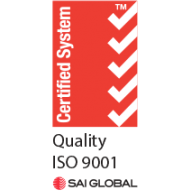Click below for answers to your product questions:
Everyone connected with the coating industry knows that it there are numerous pitfalls for the unwary applicator. One of the more tricky ones is moisture in concrete. Many coatings can tolerant high moisture content but high Moisture Vapour Transmission can cause bond failures months or years later. Any impermeable floor covering can be detrimentally affected by MVT.
Typically where moisture is a problem there will be a whitening and delamination after a few months.
It is the flow of moisture or moisture vapor through concrete.
Osmotic pressure may also be named hydrostatic pressure, osmosis, and capillary action) Osmosis is defined as the spontaneous flow of a liquid through a semi-permeable membrane (concrete) from a dilute solution to a more concentrated solution. An example is concrete with high salt content, coated in epoxy and perhaps polyurethane, and then when water ponds on top it migrates through the coating causing blistering and delamination.
MVT value on an extremely wet floor may be greater than 4.5 kg/90 m²/24 hours. A value of 1.4 kg/90 m²/24 hours or less has been established as acceptable to most flooring and coating manufacturers.
Calcium chloride test (ASTM F 1869) is the normal method to measure MVT value and should be conducted before any concrete coatings applied if there is any doubt. A&I Coatings can supply information on how to do this.
Other methods include the…
Plastic Sheet Test ASTM D4263-83,
The Plastic Sheet Test is simple and basic and not quantitative. A small plastic sheet is taped on the surface every 50m2 for 24 hours and any excess moisture will condense under the plastic.
And
Relative Humidity Immediately above the Floor Surface ASTM F2420-05
This measures not only the moisture percentage deep in the concrete, but has a humidity box which is placed on the concrete for a period and the hydrostatic humidity is measured.
• Initially, compressive strength of the concrete should be at least 25MPA
• The slab should have a Vapour barrier installed in accord with DIN 18195
• Penetrating primers, which reduce MVT rates, are effective if the initial rates are not excessively high.
• This must be coupled with thorough preparation, preferably shot blasting, followed by 16-24 hours before coating for humidity equilibrium to be reached.
• Coating should only be applied when Moisture content is less than 5.5%
a. A 100% solids primer such as E4001 has a good chance of working in a risky situation. b. WB 2k epoxy primer (e. g. E2100, E2000, E2050) plus WB topcoat ( DFT 150µM per layer) will have less risk of osmosis failures. WB primer plus high build impermeable Topcoats (e. g. E4111/0, V410 V638) may be high risk.
Unfortunately no. we are dealing with very complicated chemistry and there will always be some slabs that defy logic.





